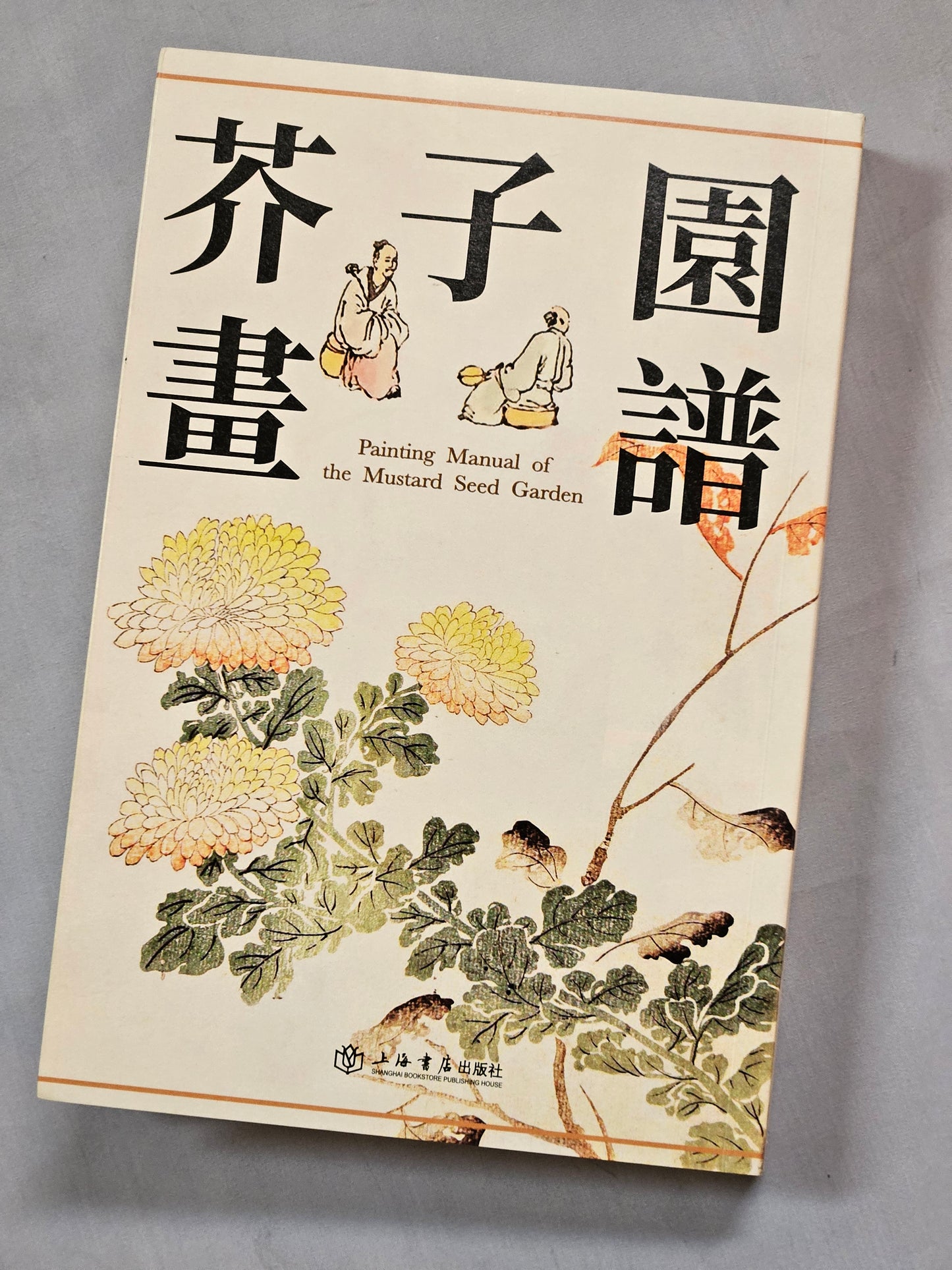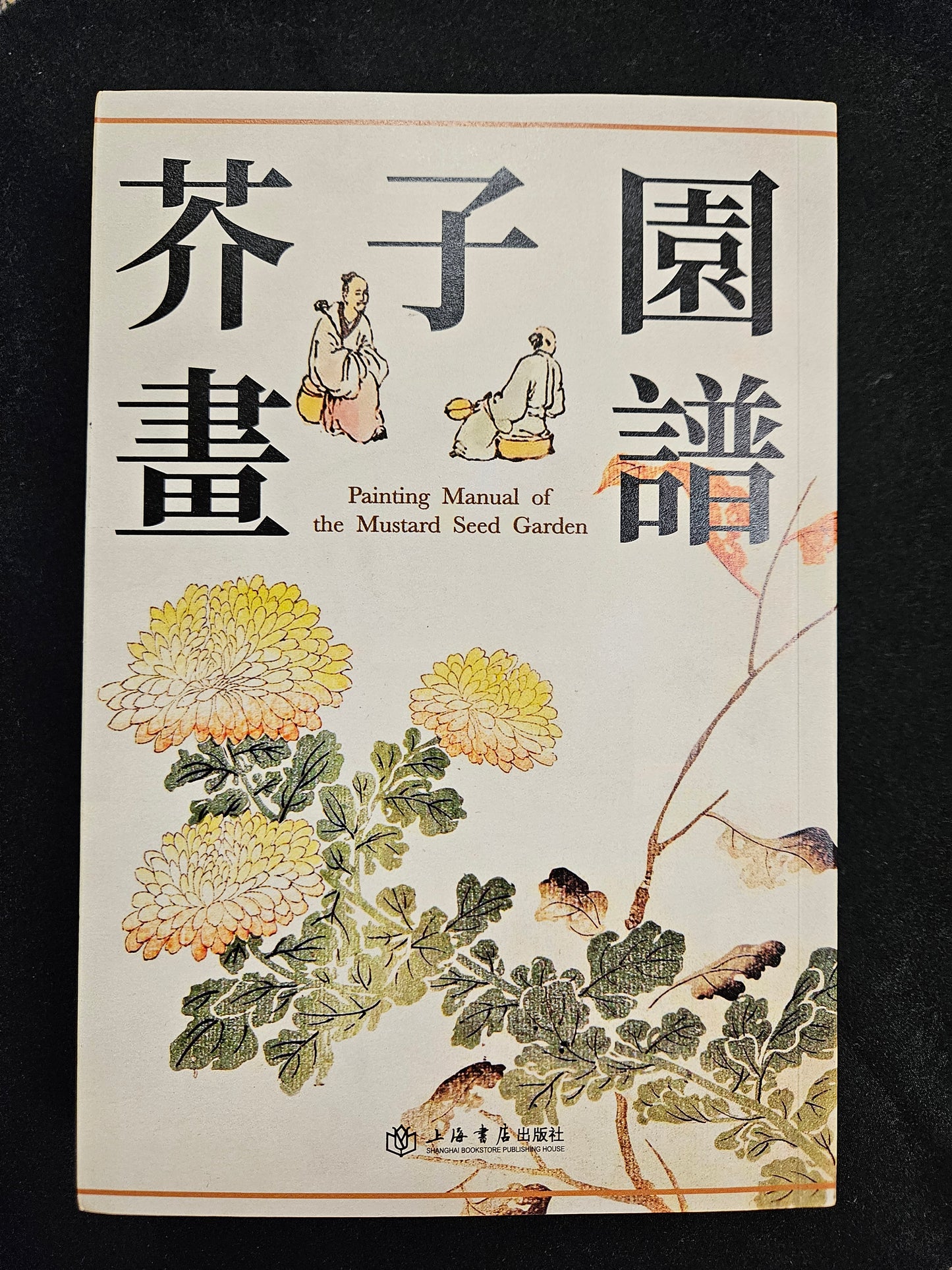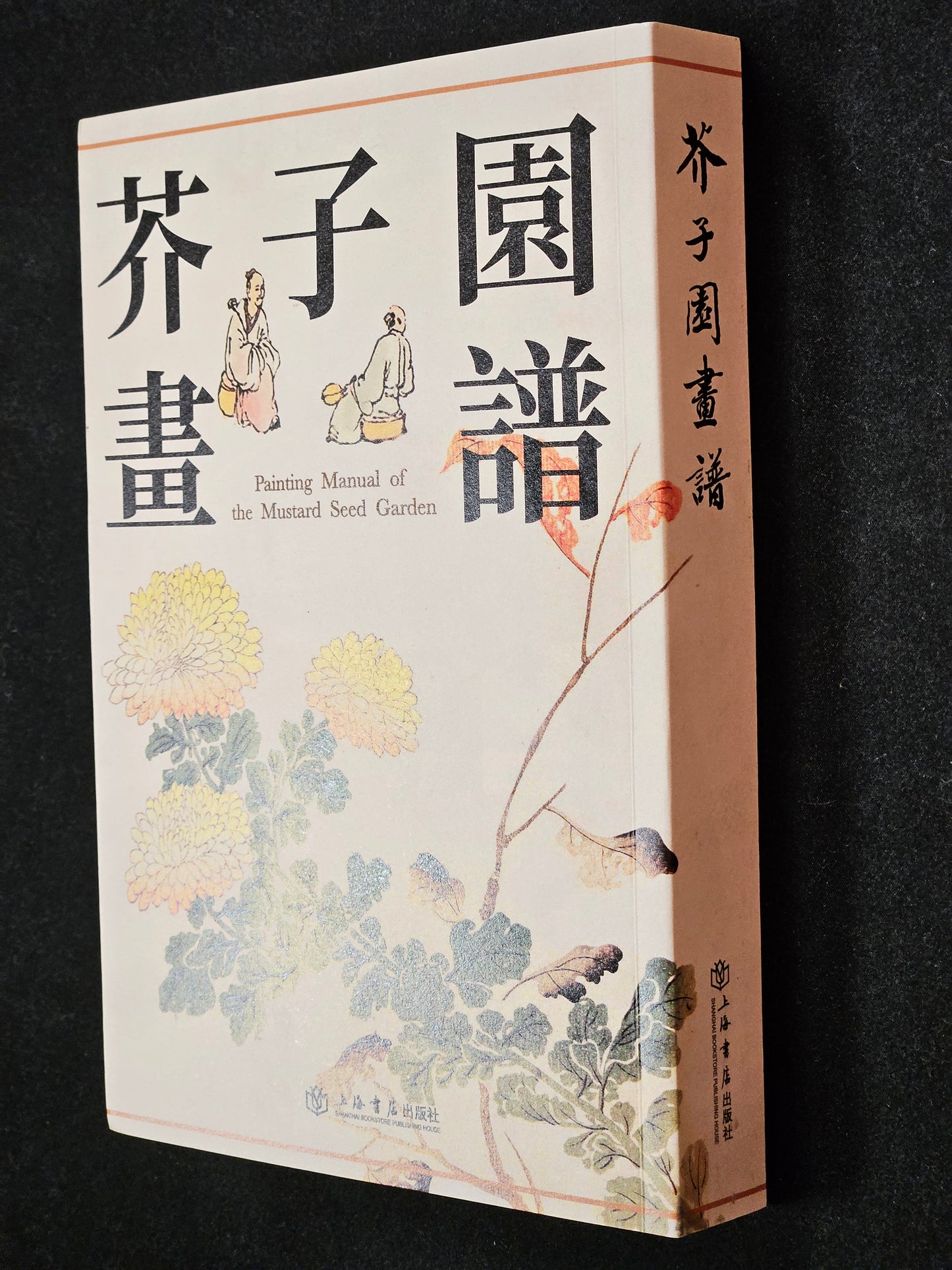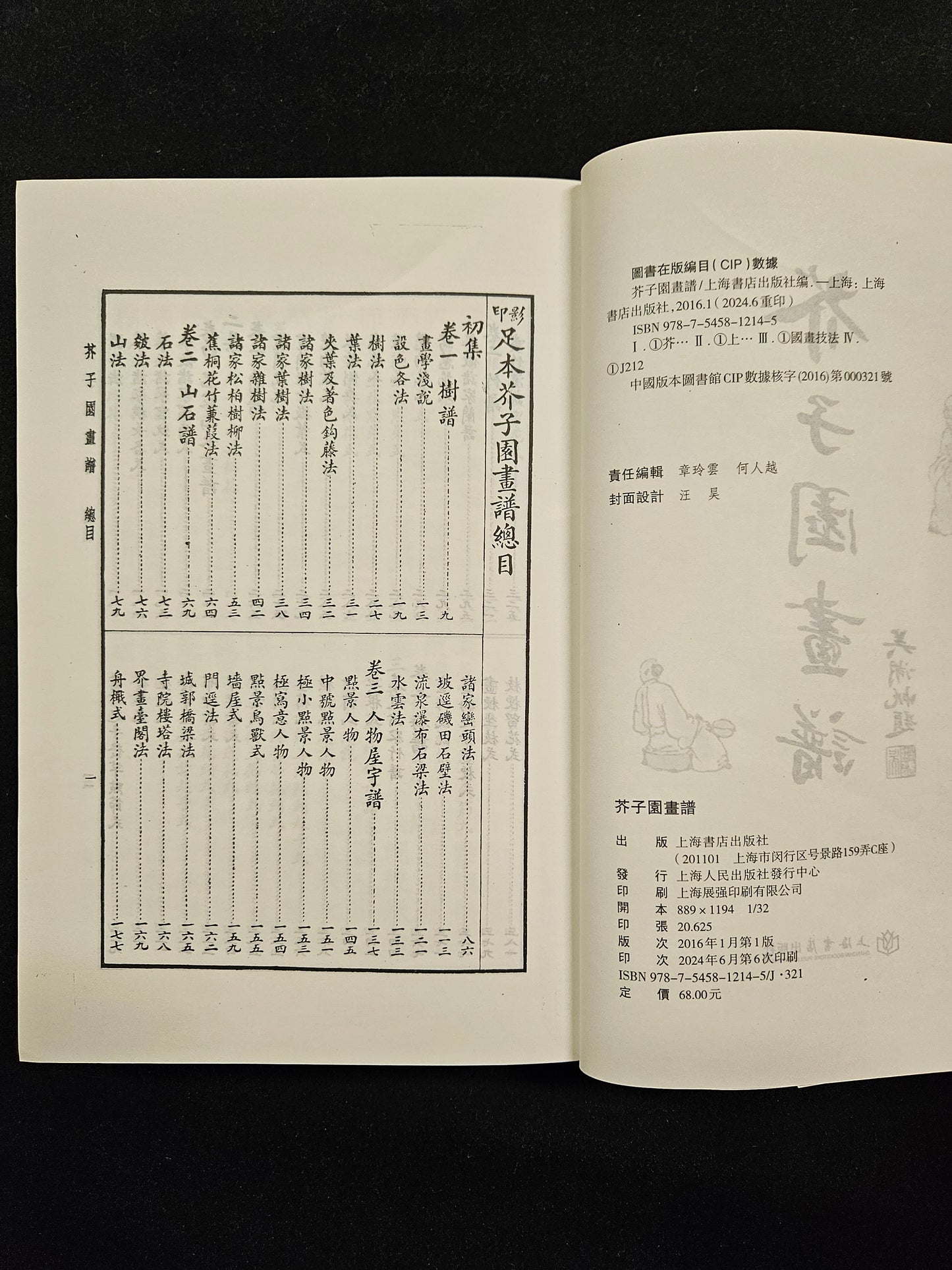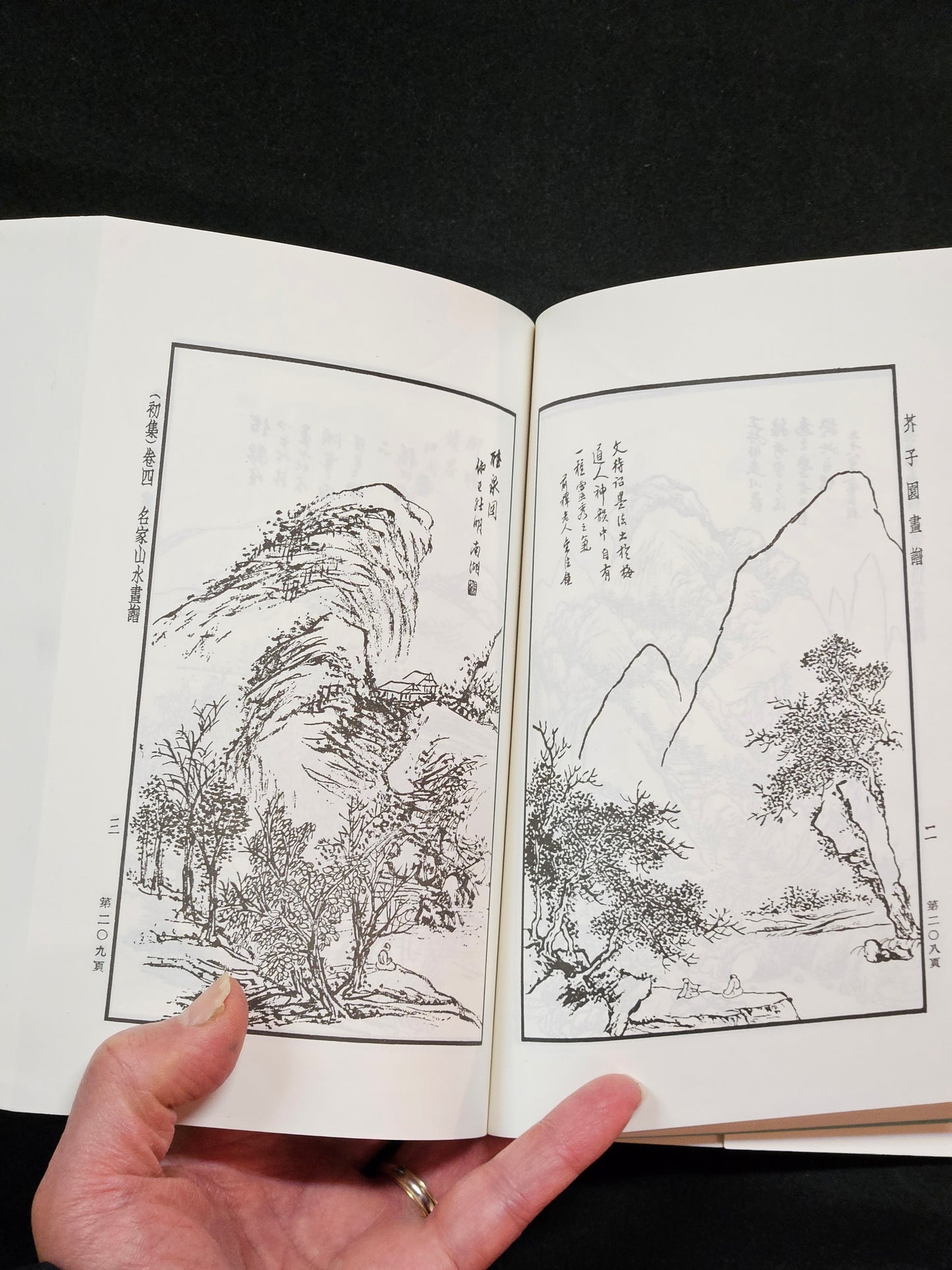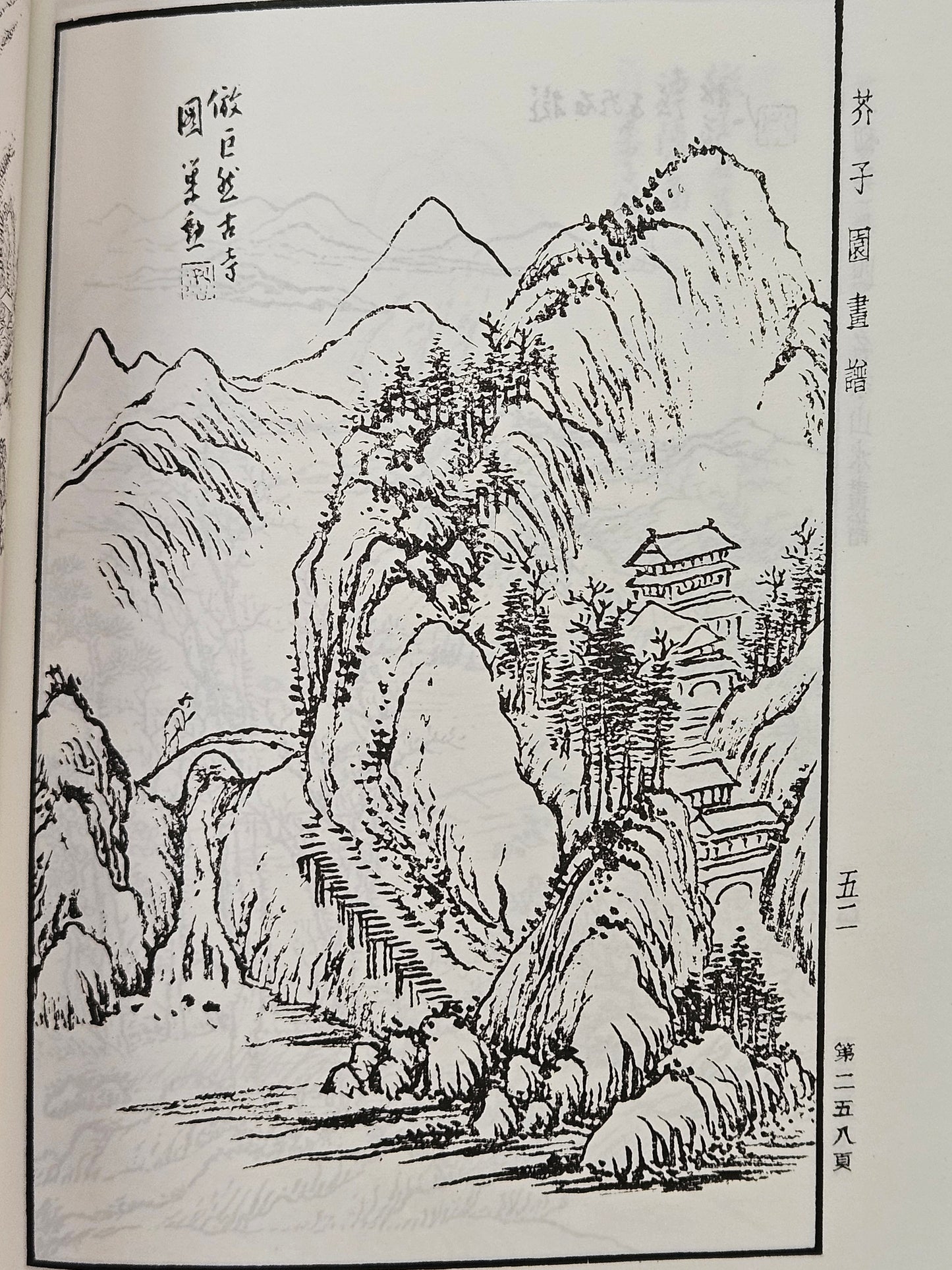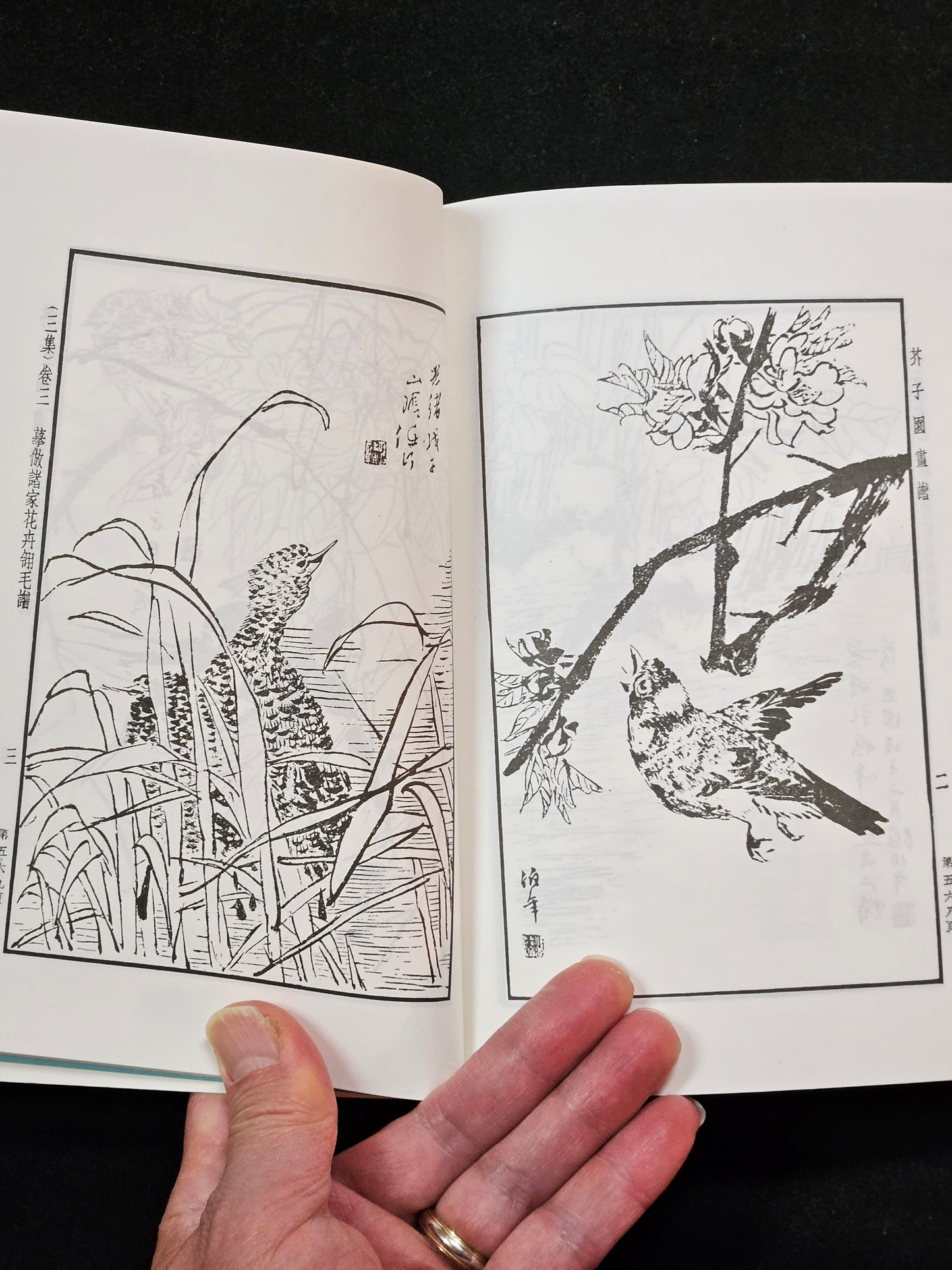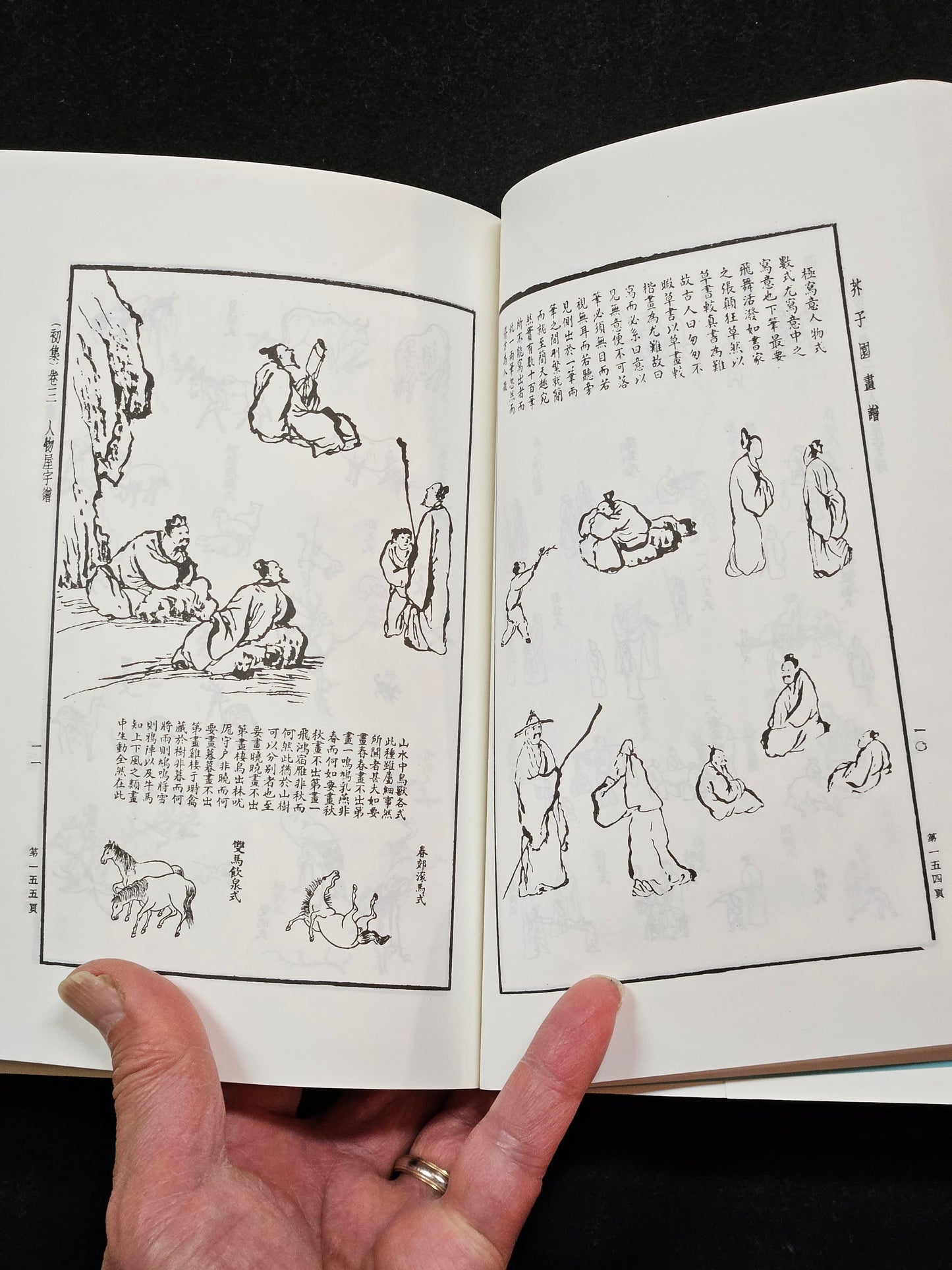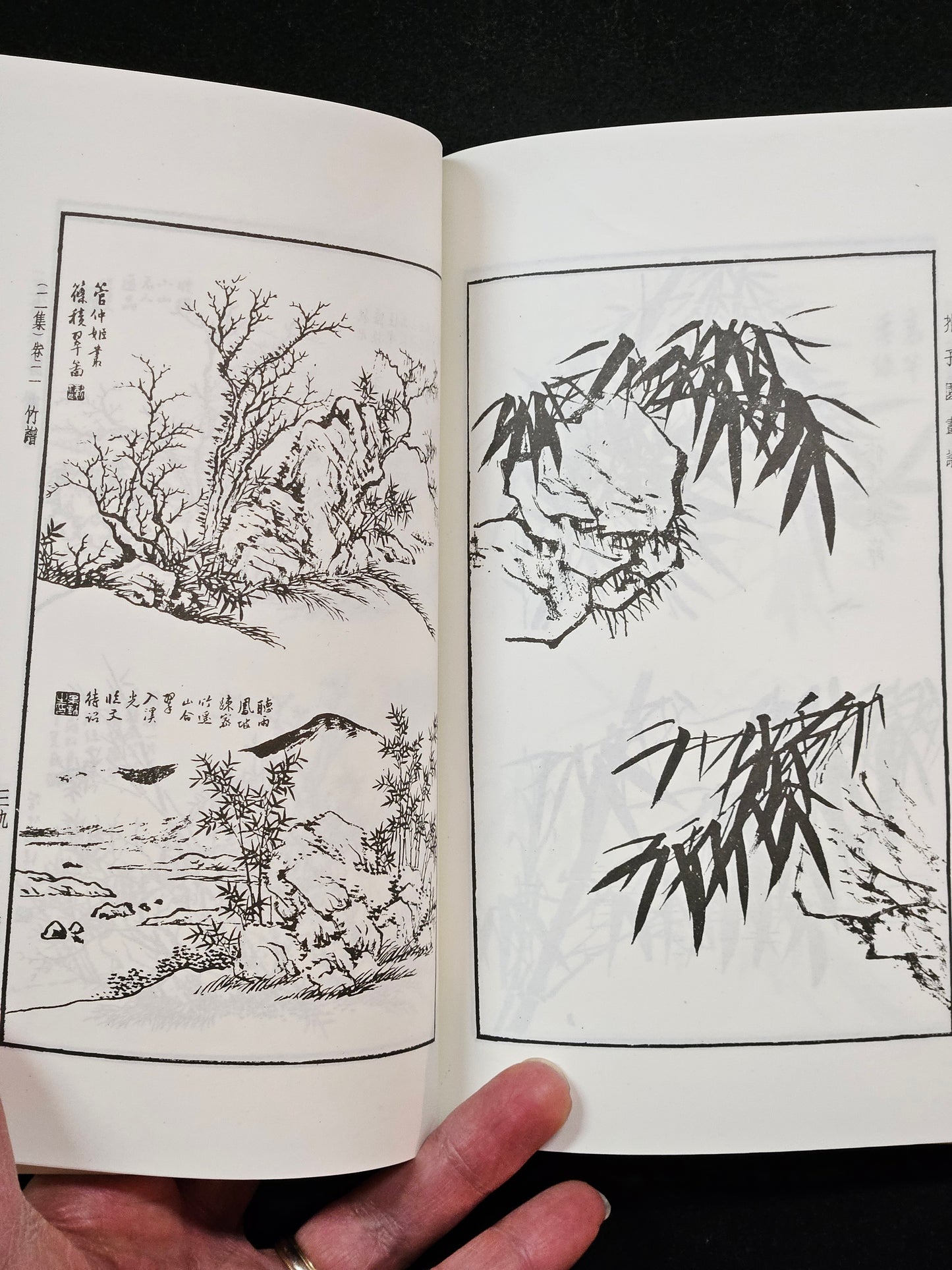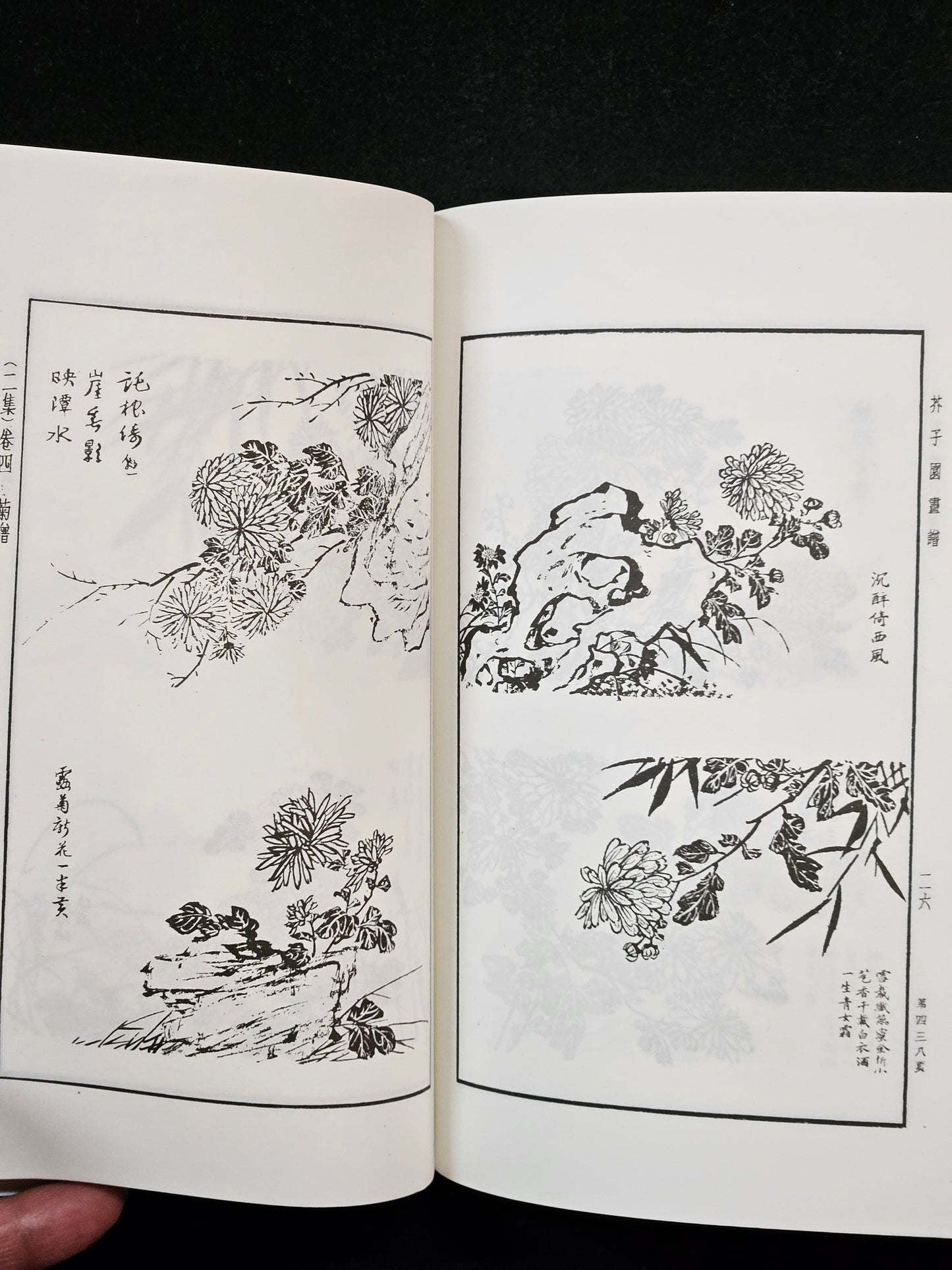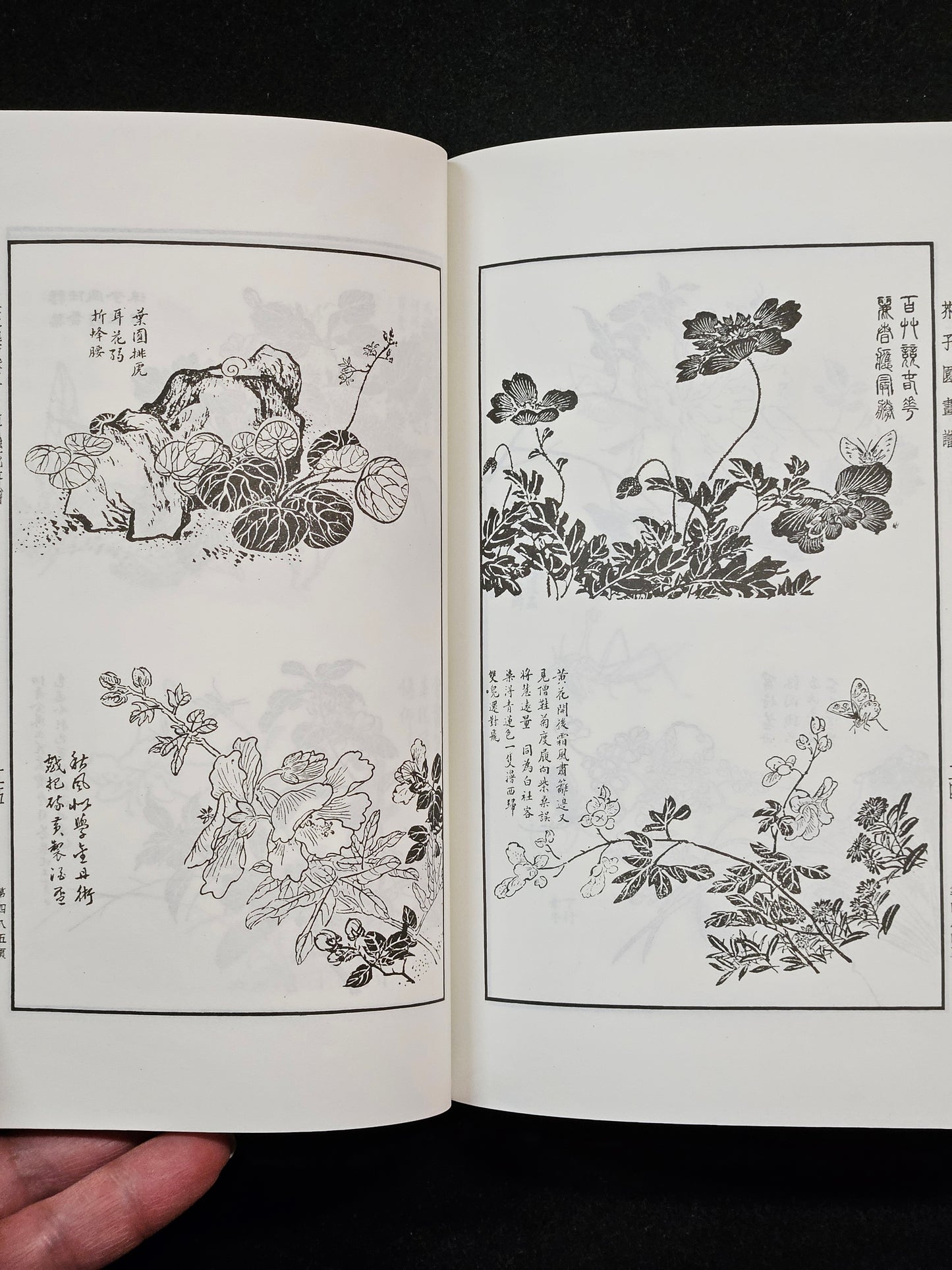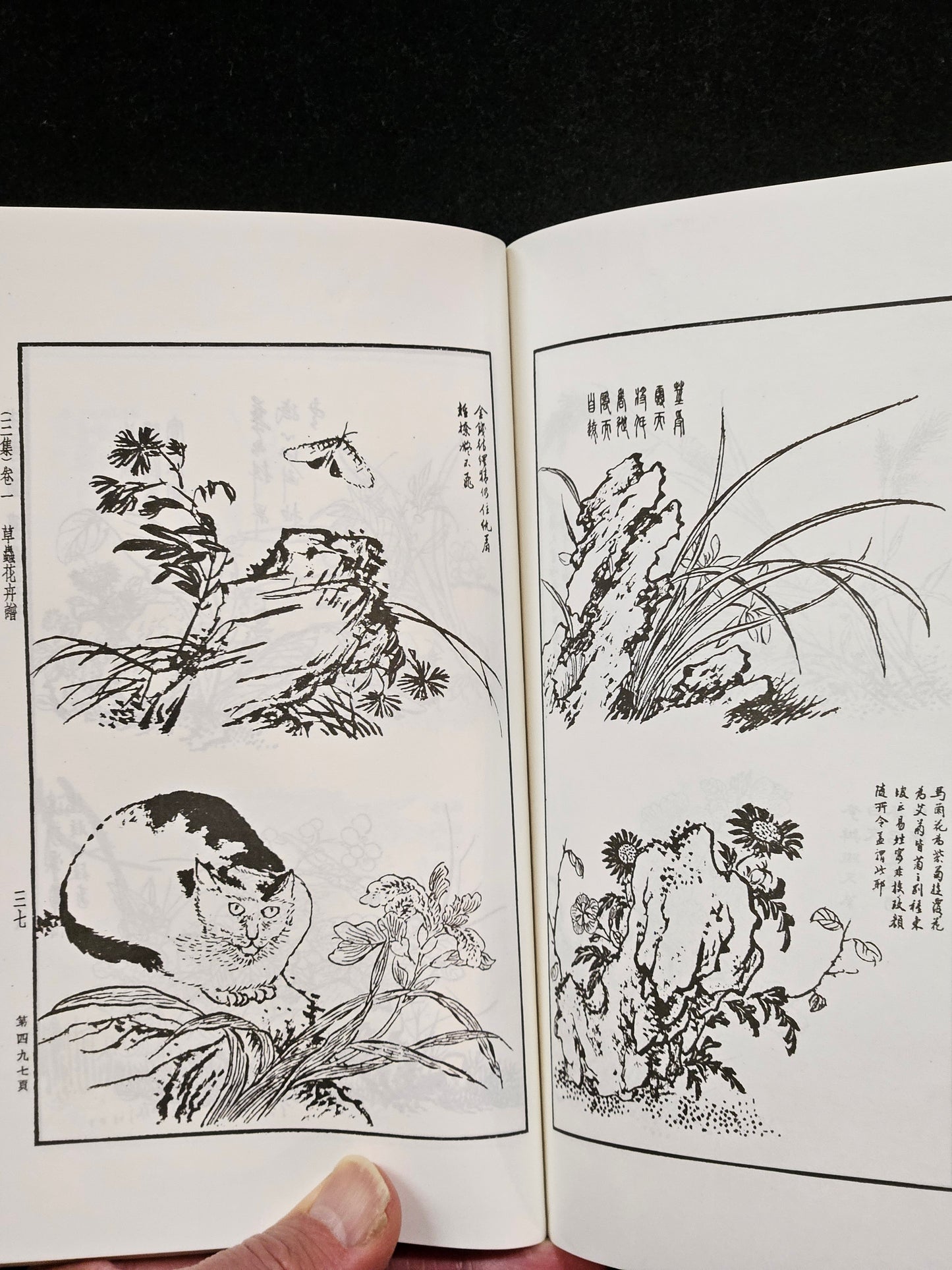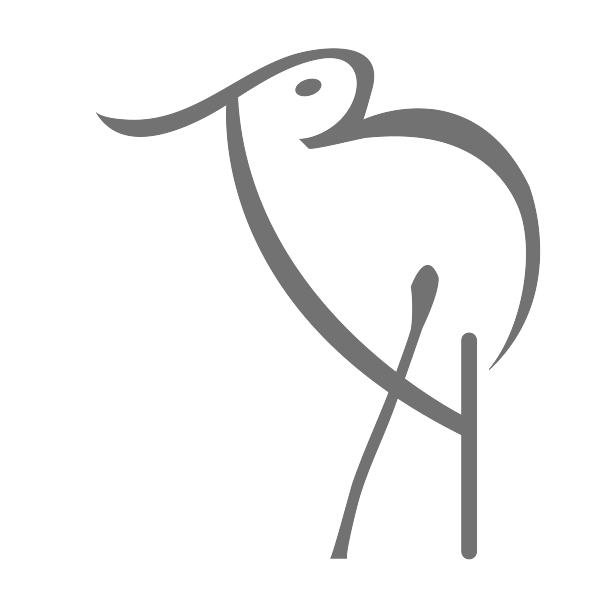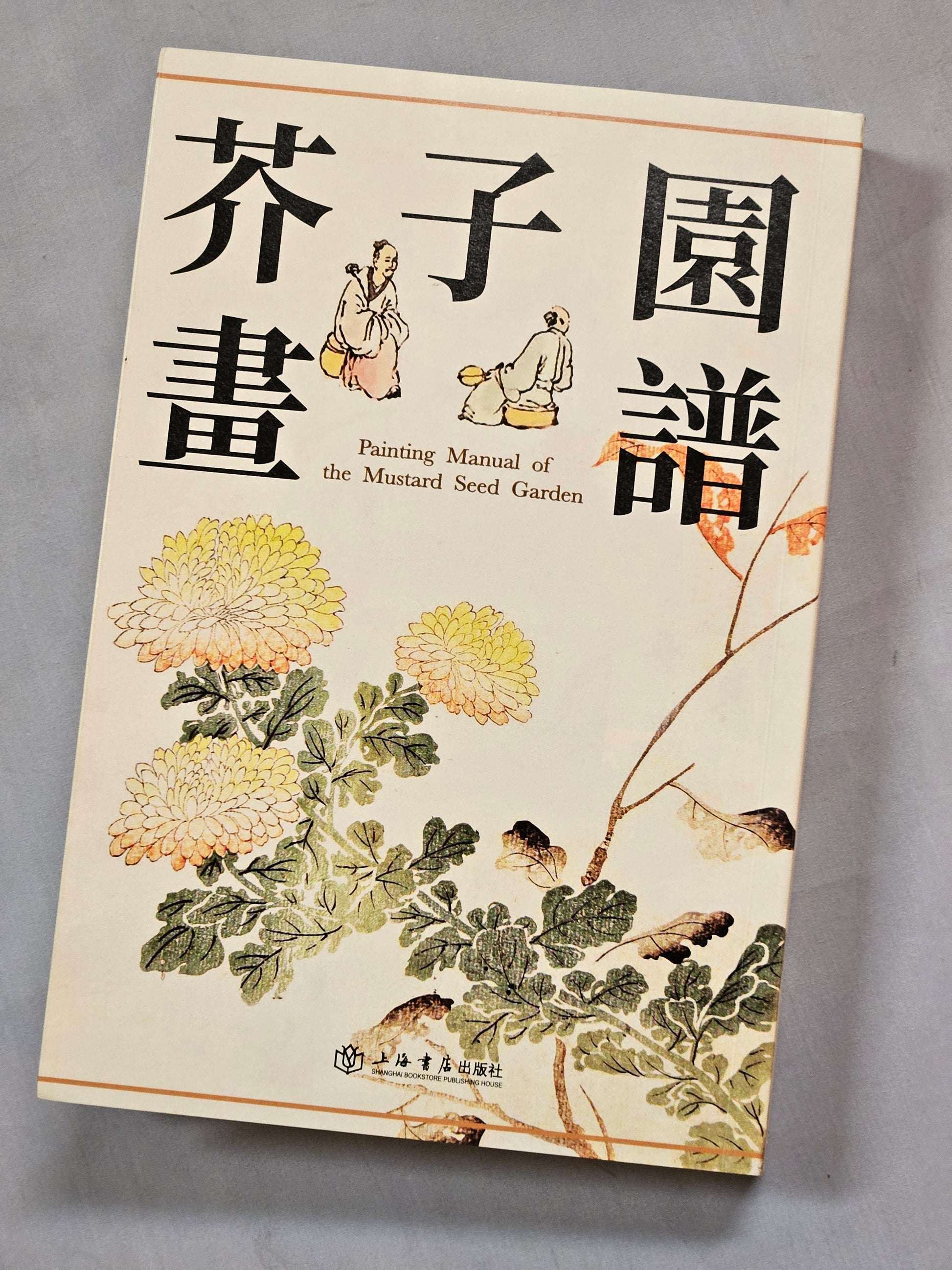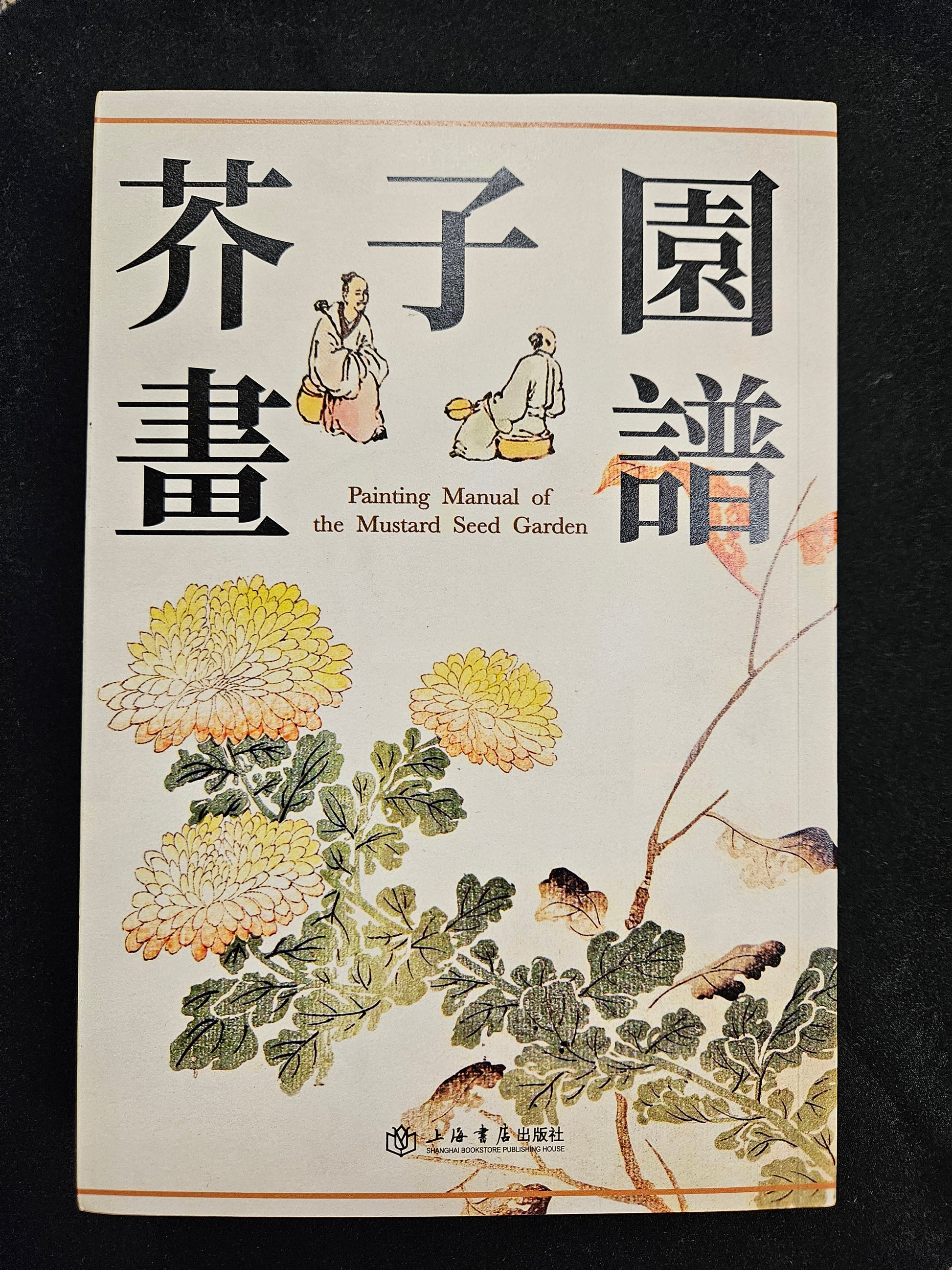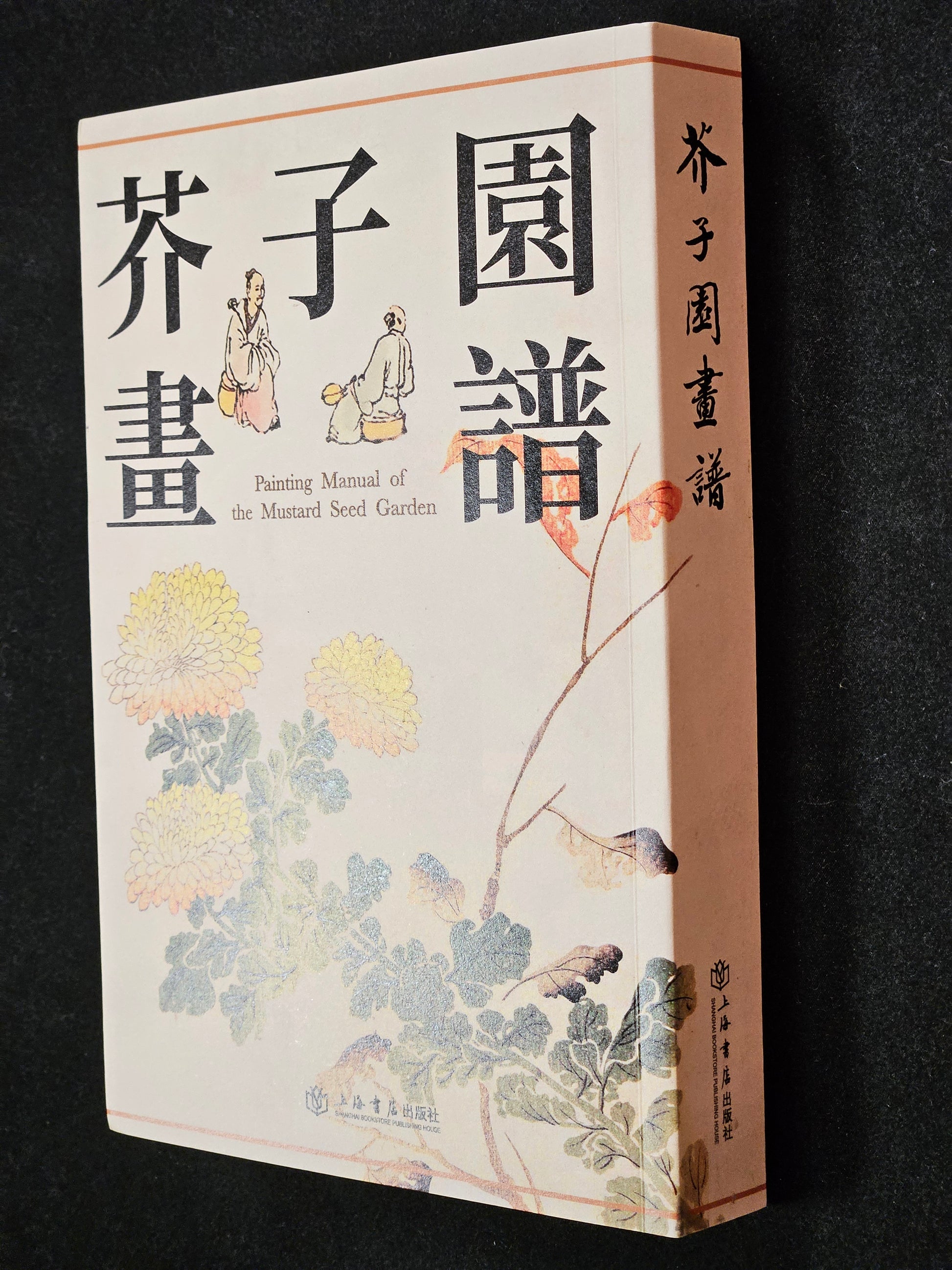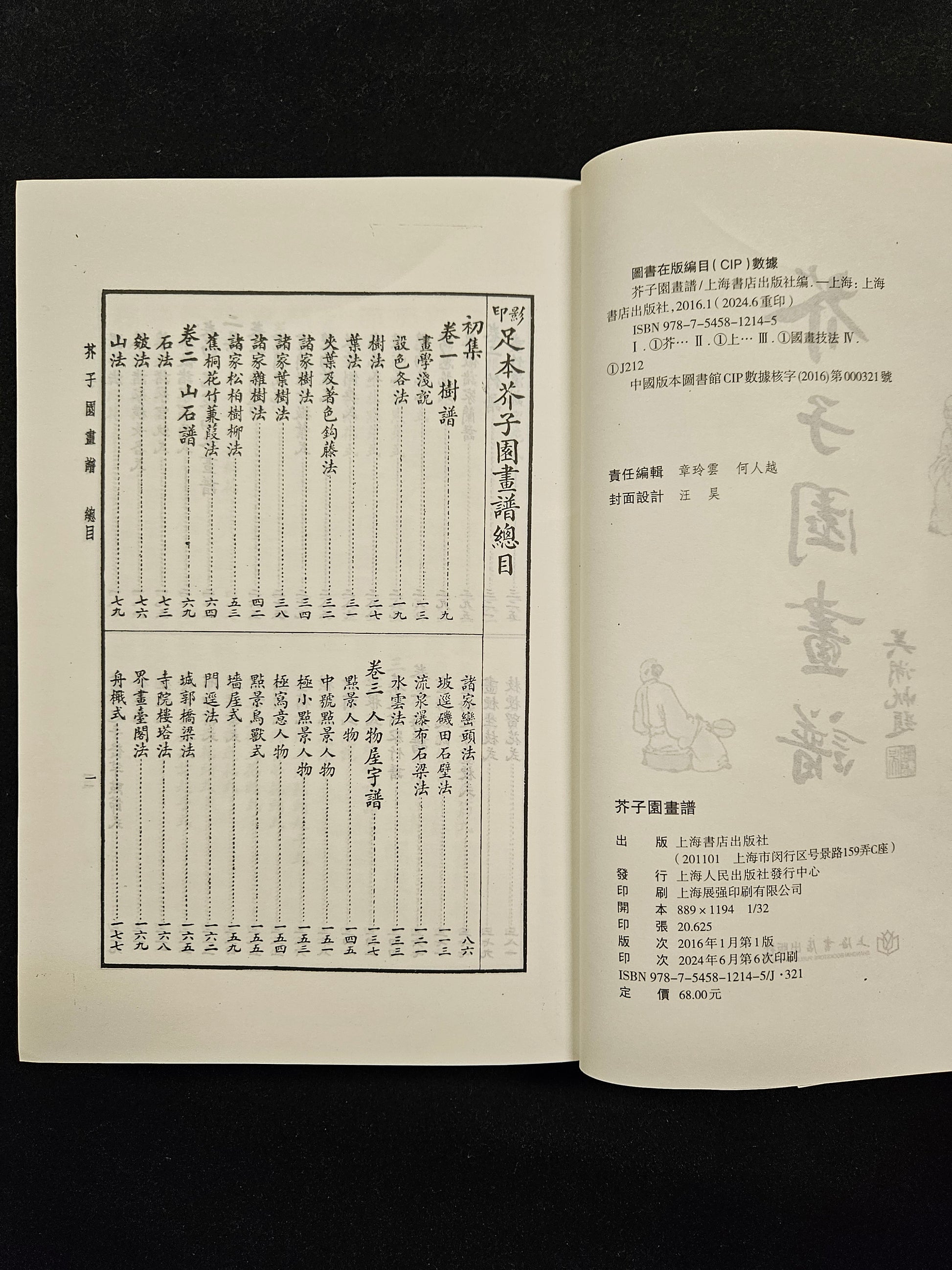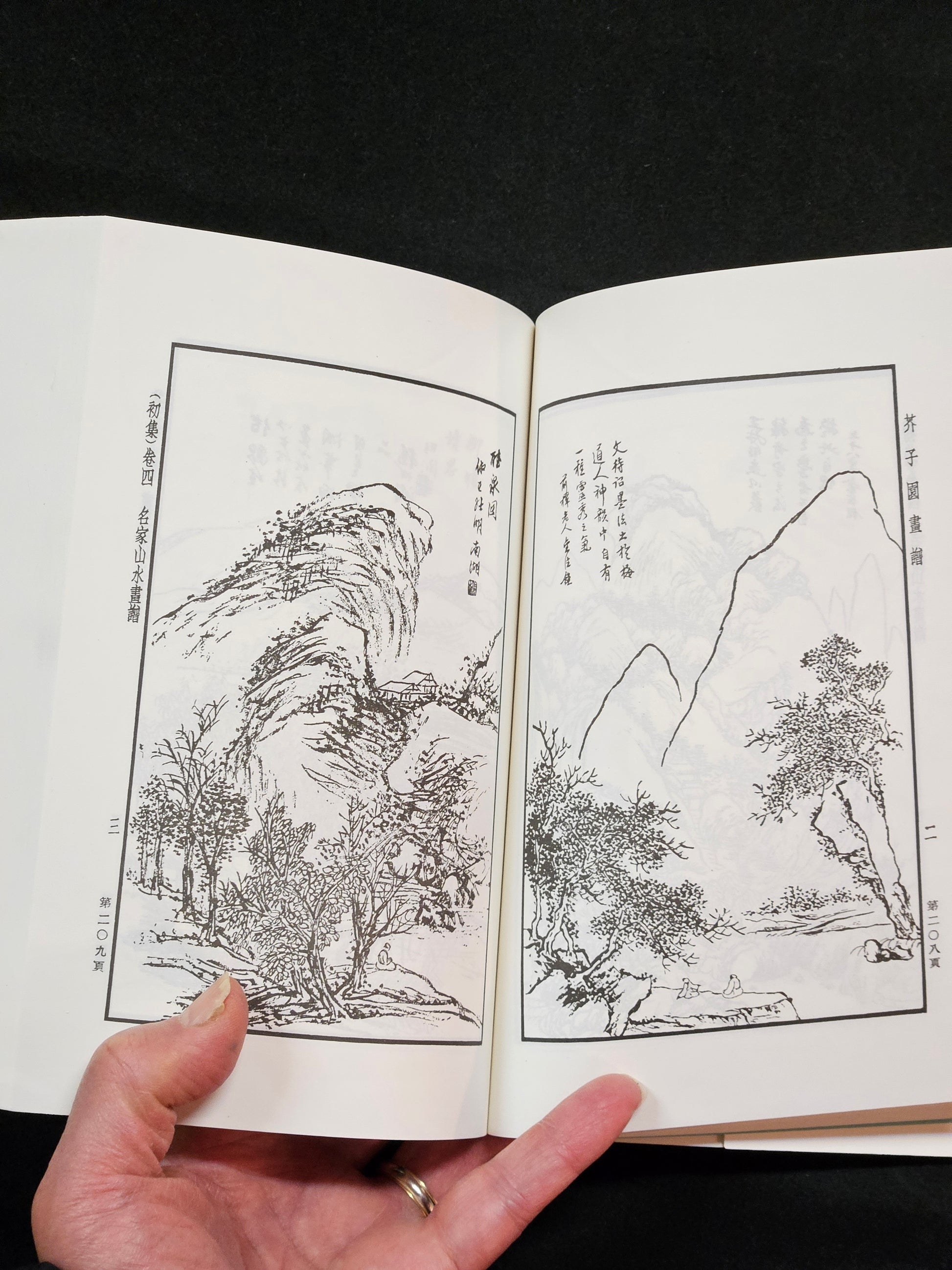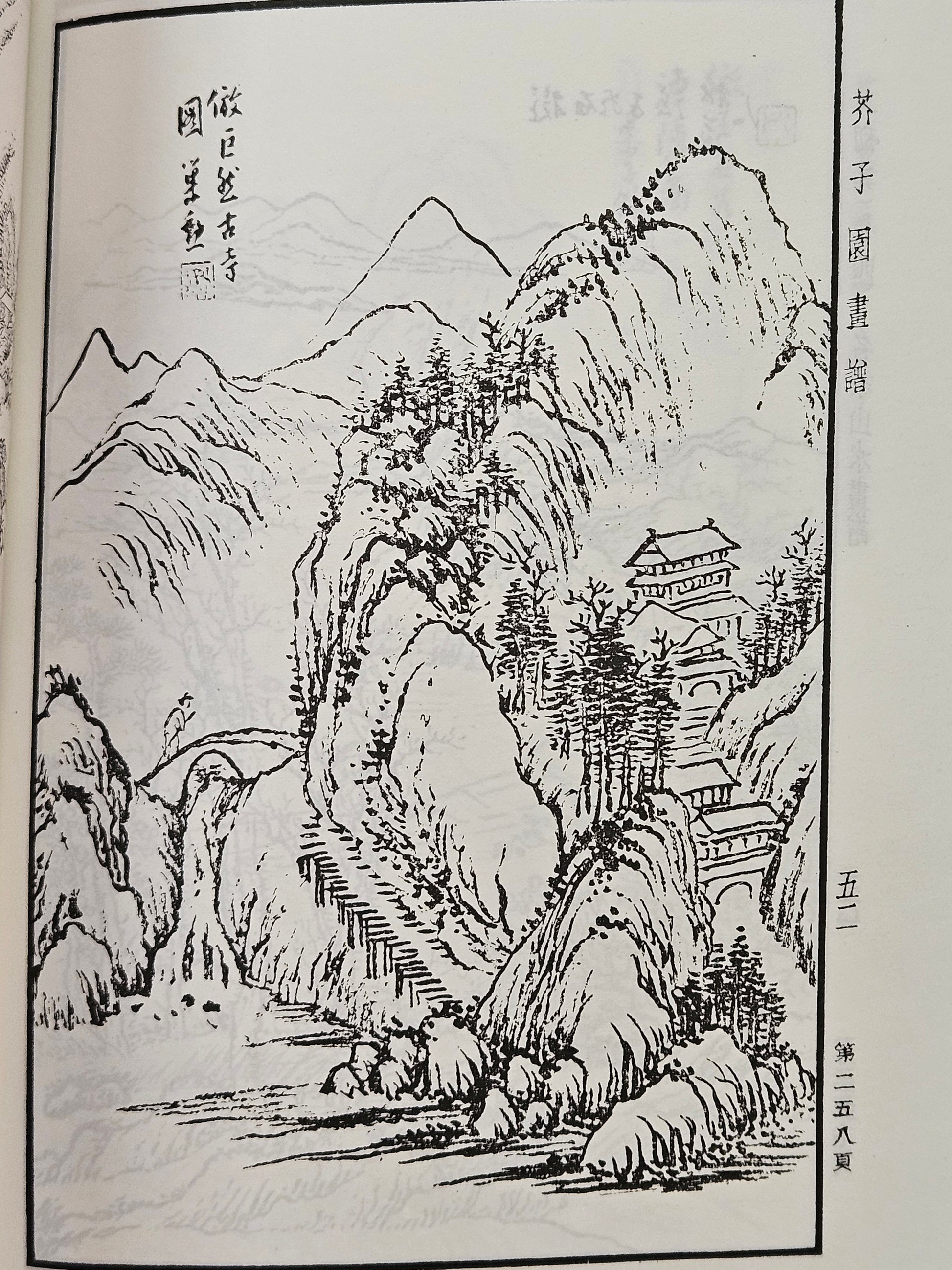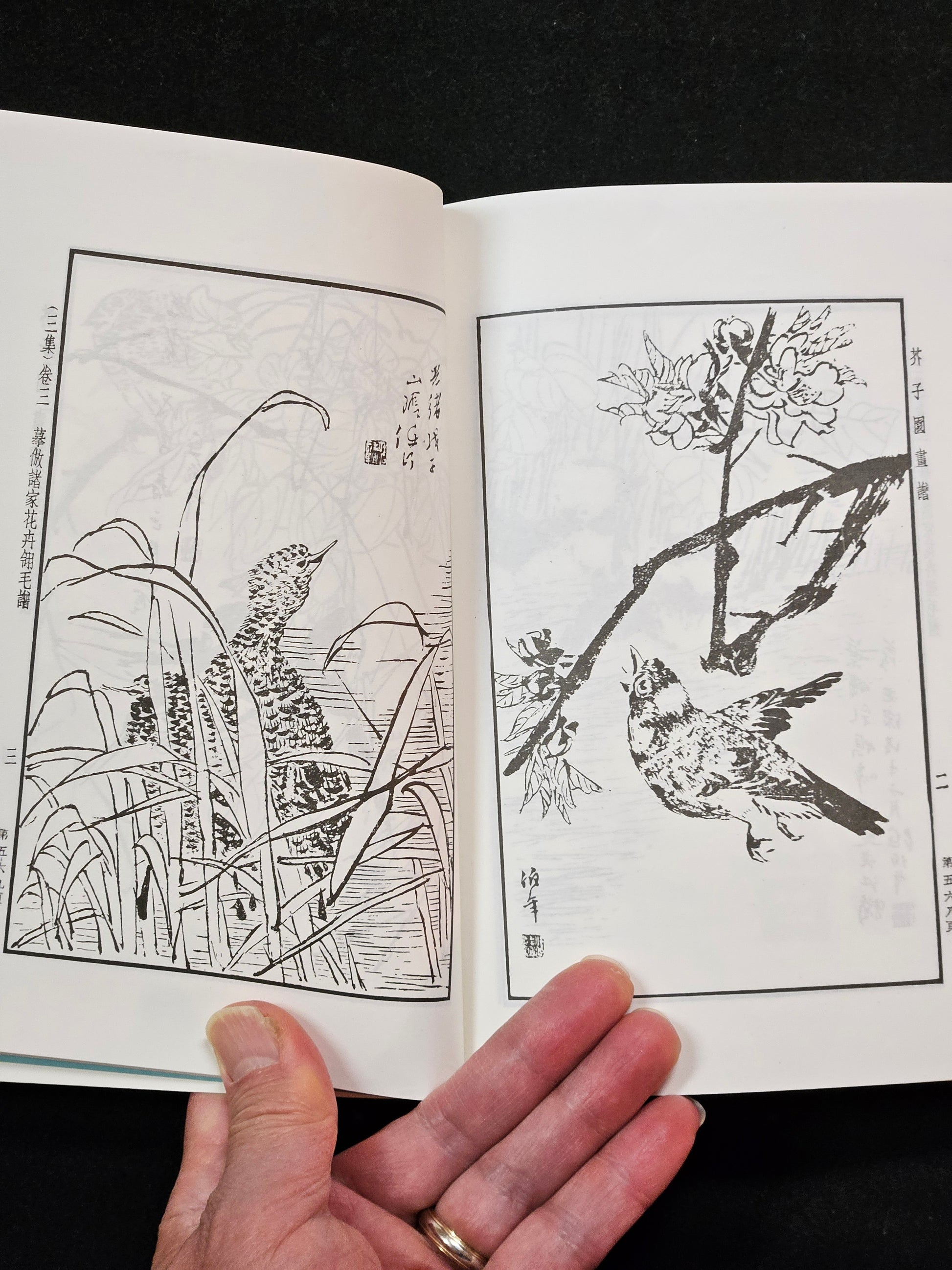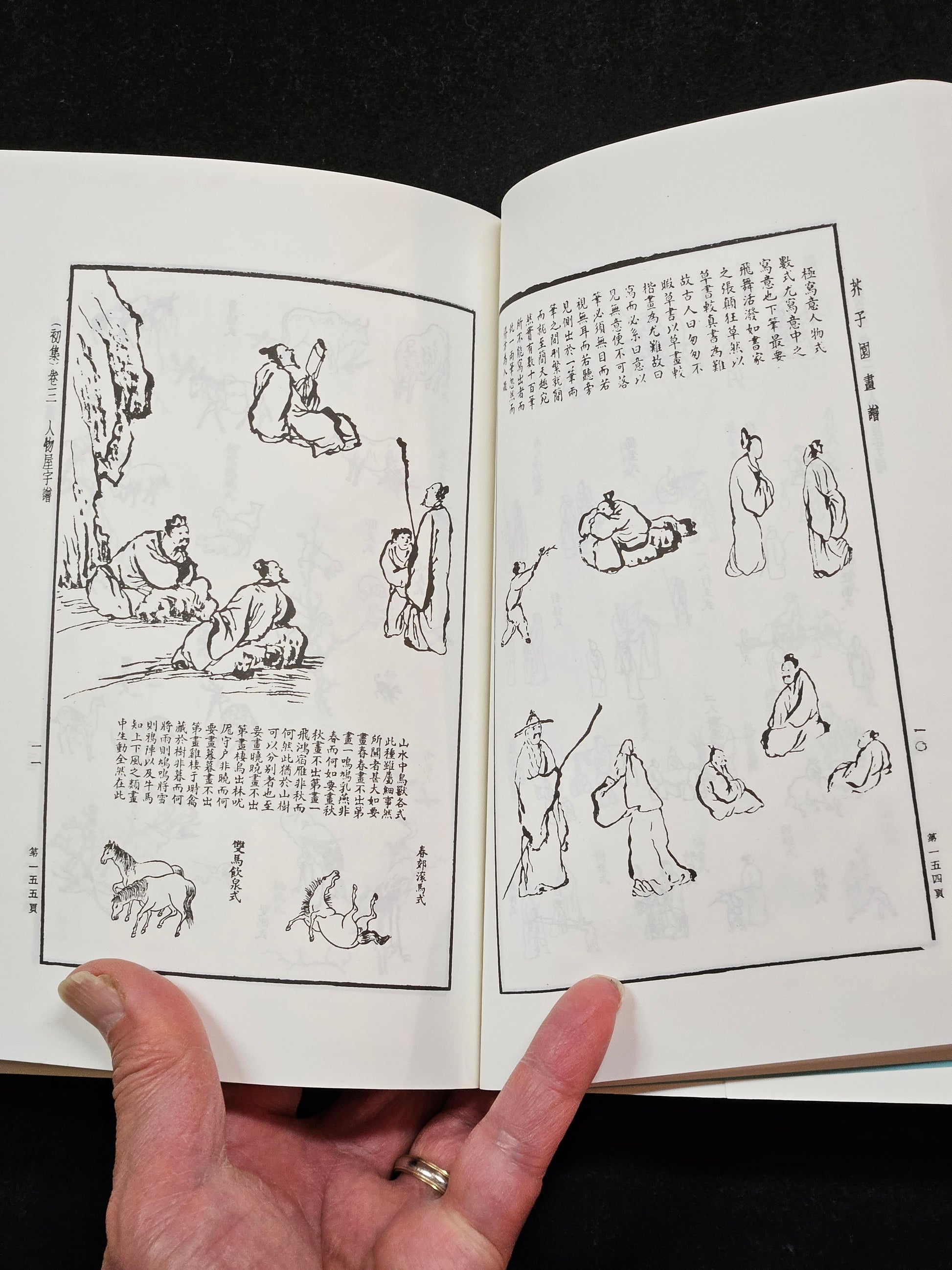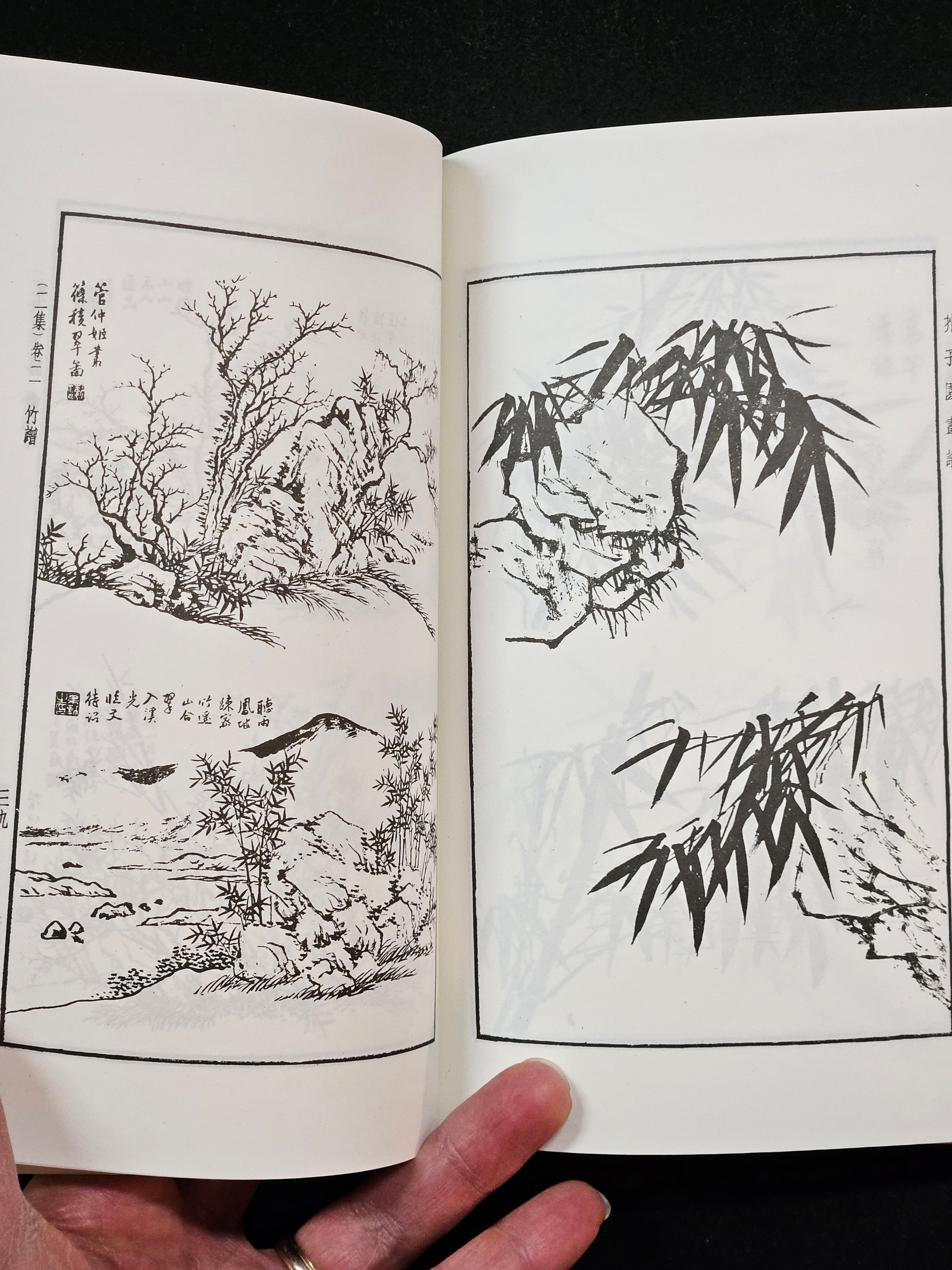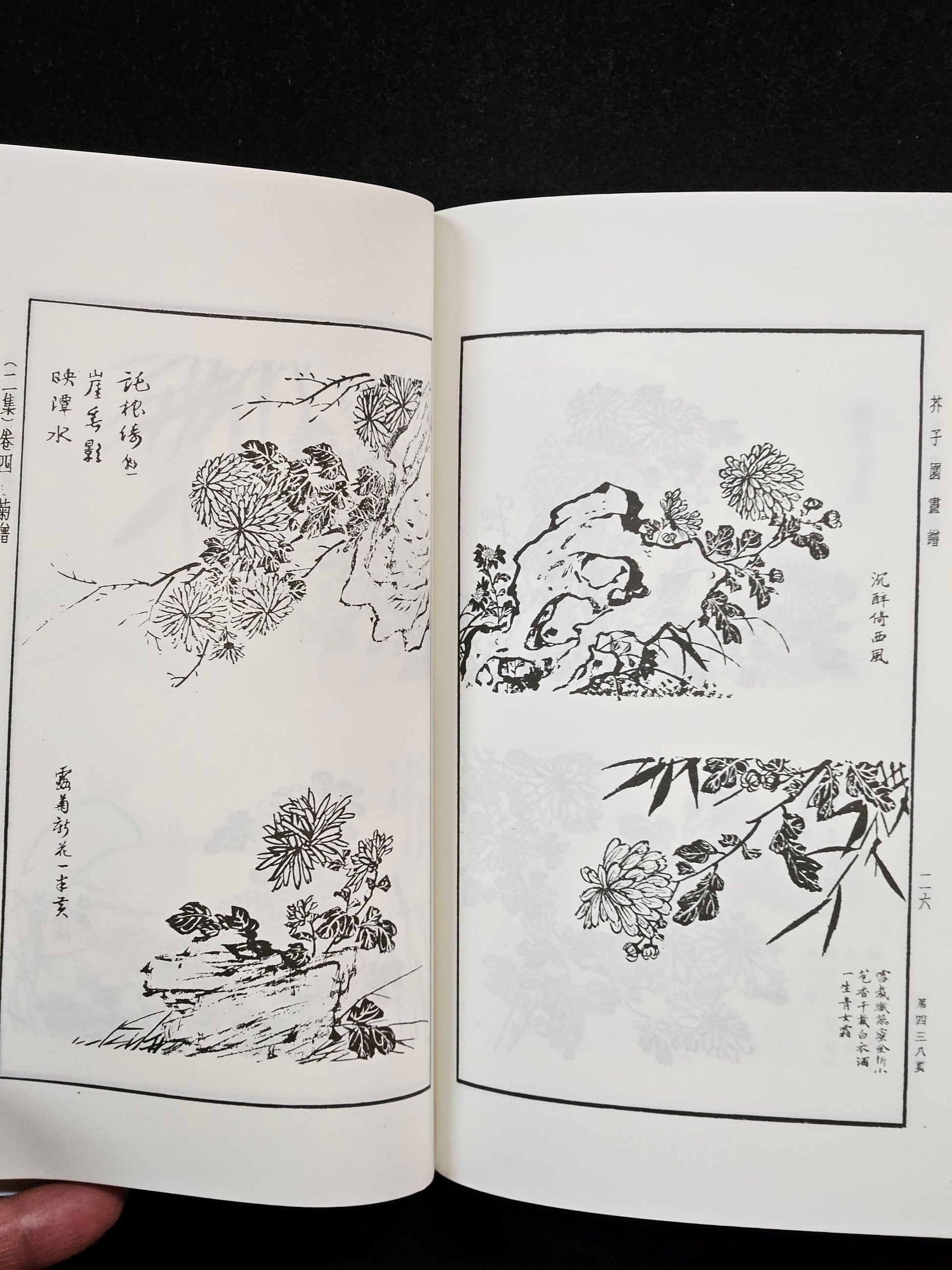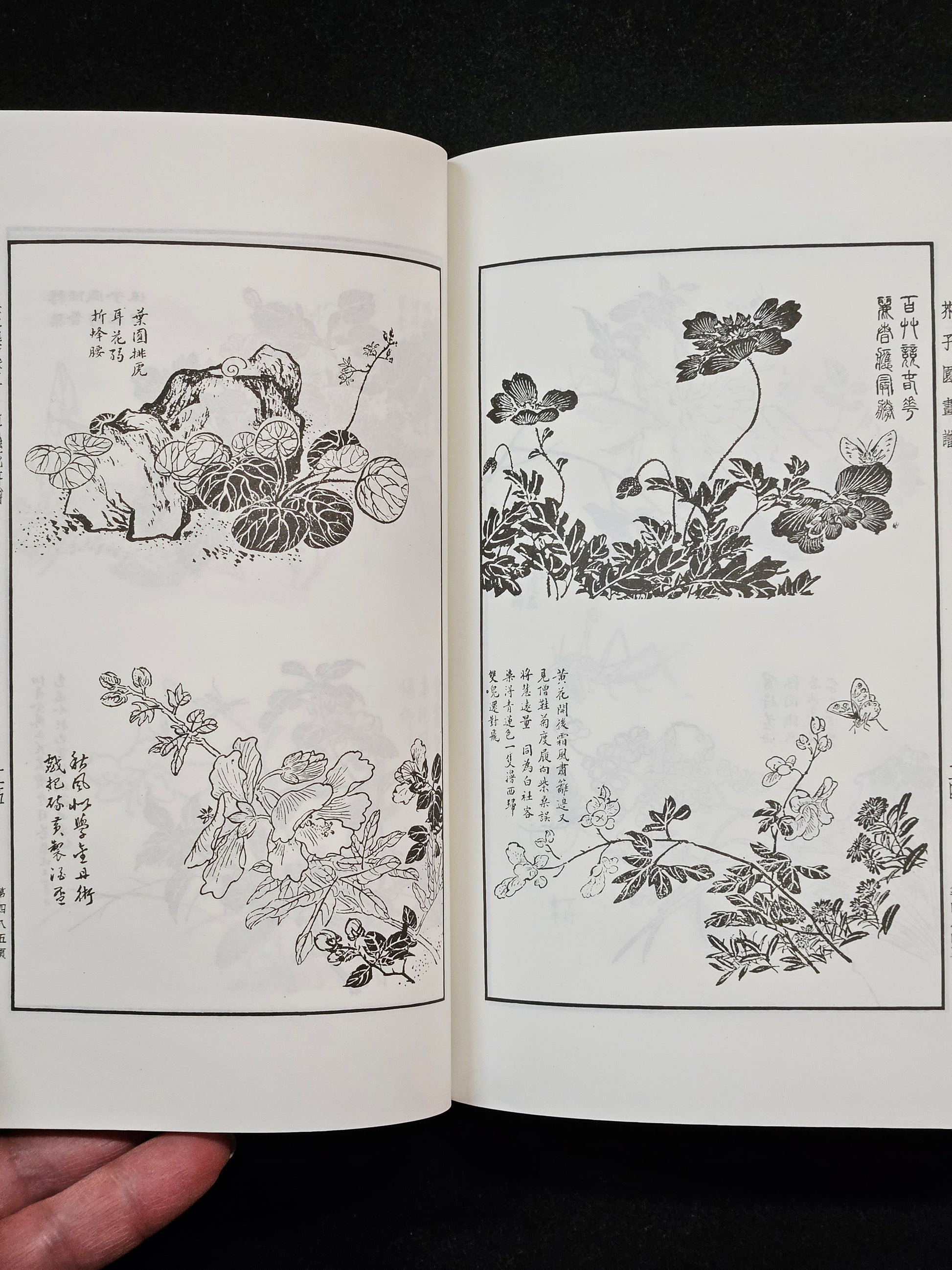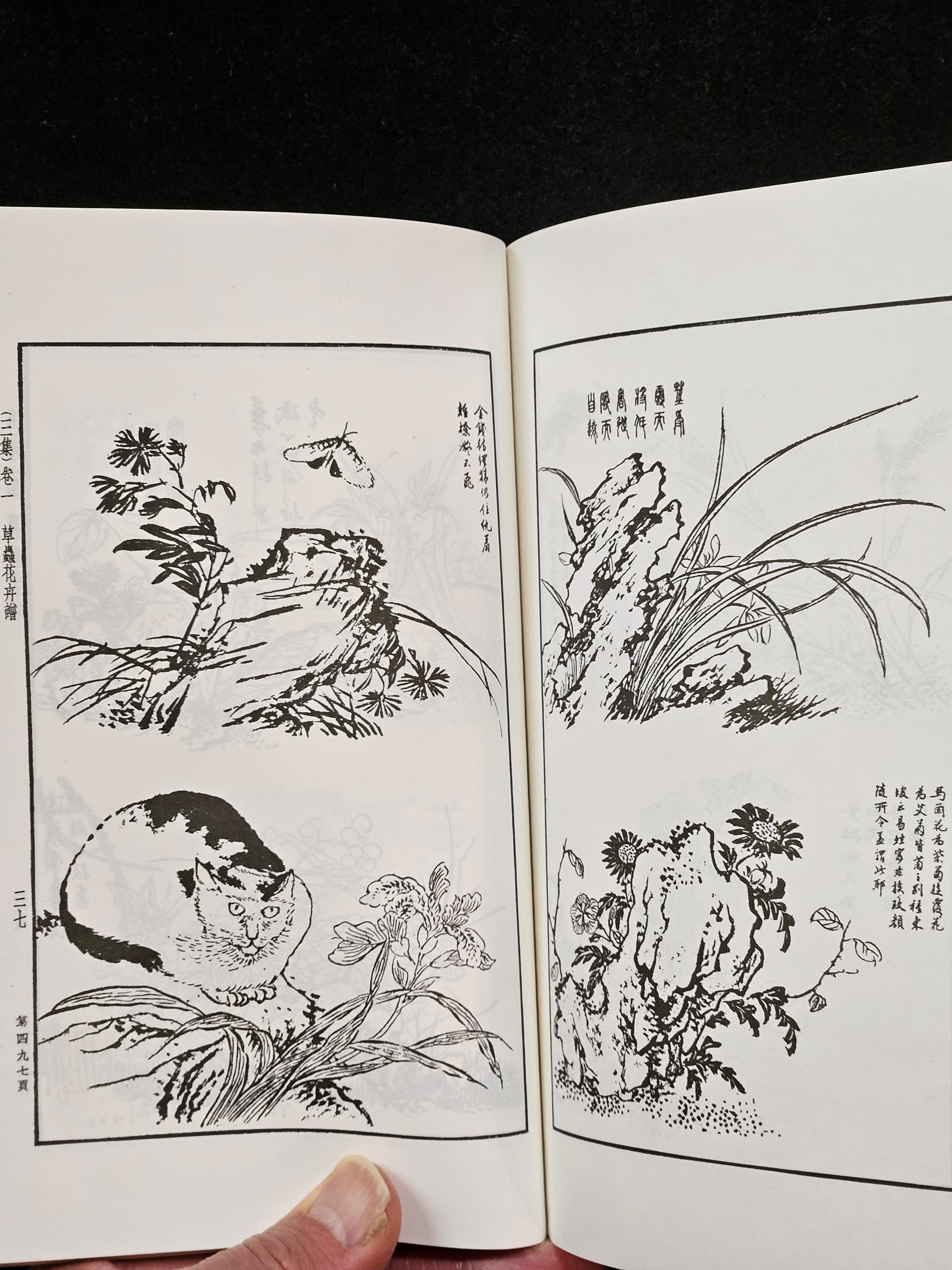BHA Chinese Art Supplies
Mustard Seed Garden Manual of Painting (Portable Full Version)
Mustard Seed Garden Manual of Painting (Portable Full Version)
Couldn't load pickup availability
The Mustard Seed Garden Manual of Painting is the most influential and revered painting guide of the last 300 years in China, Japan, and Korea. Originally compiled by Nanjing painter Wang Gai (also known as Wang Kai, 1650–1700), the first edition of 1679 includes a foundational essay on the principles of Chinese painting and the use of color, followed by four richly illustrated sections on landscape painting. In 1701, Wang's brothers expanded the collection to include guides on birds and flowers, cementing the manual’s legacy as a comprehensive reference.
This edition presents Wang Gai's original compilation in its entirety, excluding the later-added figure painting by Ding Hezhou. It merges all four volumes into a portable 654-page treasure.
Contents:
- Volume I: Trees and Rocks Manual
- Volume II: Figures, Houses, and Landscape Samples
- Volume III: Orchid, Bamboo, and Plum Manuals
- Volume IV: Chrysanthemums, Birds, and Flowers Painting Samples
Specifications:
- Publisher: Shanghai Book Store Publishing House(2016 edition, the 6th print in 2024)
- Dimensions: 8-1/8" x 5-9/16"
- Total Pages: 654
Henry Li’s Personal Recommendation:
"This book marks the beginning of my Chinese painting journey. In the summer of 1974, my mother borrowed Volume III for me, and I became captivated. I spent the entire summer painstakingly copying each page with transparent paper. Later, I practiced from a hand-painted rice paper copy by my mentor, Han Shaoying—pages I still treasure today."
As a seasoned Chinese brush painting instructor, I highly recommend this manual for both beginners and advanced students of Chinese painting and sumi-e. It is truly the mother of all Chinese painting textbooks.
While you may have amassed other Chinese brush painting resources, omitting this manual leaves a significant gap in your collection. The full Chinese edition of the Mustard Seed Garden Manual of Painting contains hundreds of illustrative pages—far surpassing the widely known English translation by Mai-mai Sze. I suggest obtaining both the Chinese original and the English edition to fully immerse yourself in the rich artistry and invaluable guidance this manual offers.
For any artist aiming to build a strong foundation in Chinese painting, this timeless manual remains an essential companion.
Share
